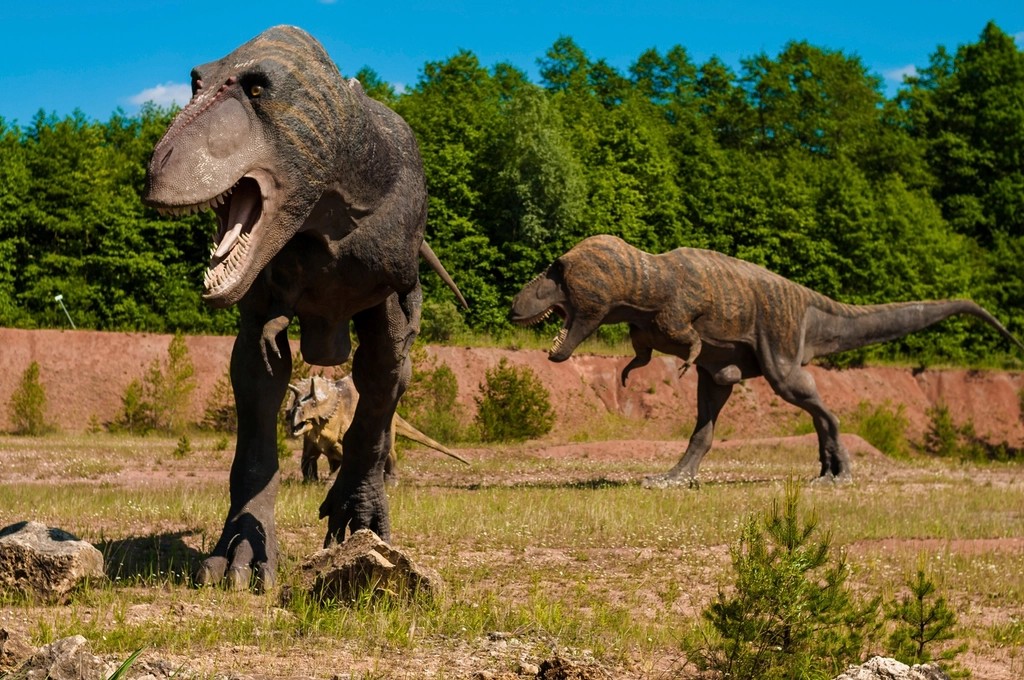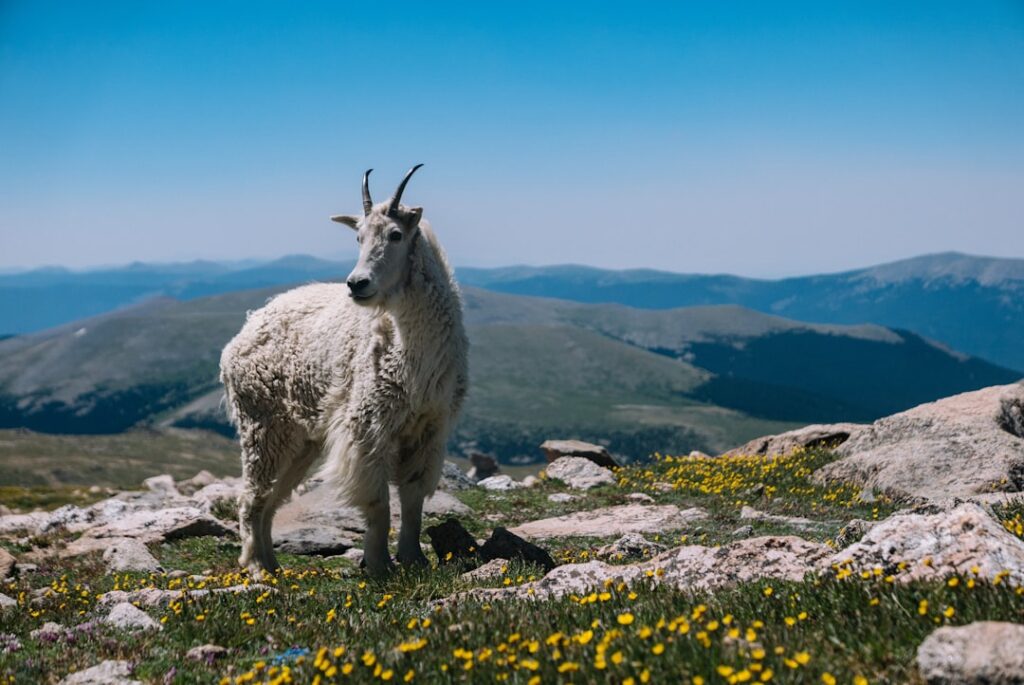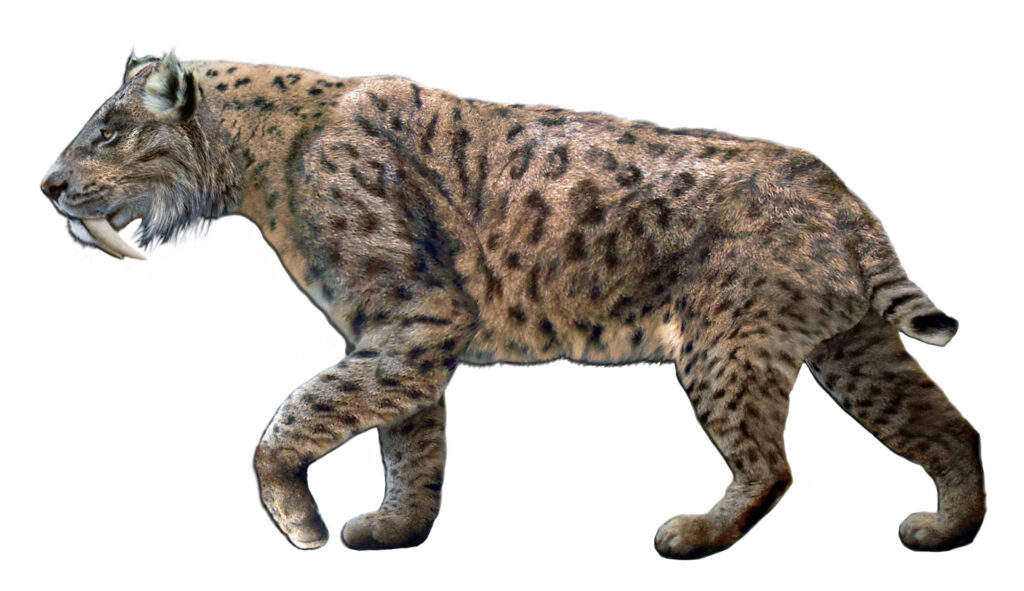You’ve probably wondered what would happen if that massive space rock had simply sailed past Earth instead of crashing into it 66 million years ago. The extinction event that wiped out non-avian dinosaurs remains one of the most fascinating what-if scenarios in natural history. While we can never know for certain what might have been, examining dinosaur adaptability, evolution patterns, and environmental pressures gives us compelling clues about their potential survival.
Think about it this way: dinosaurs had already ruled Earth for over 160 million years before the asteroid struck. That’s an incredibly successful run by any measure, far longer than mammals have dominated terrestrial ecosystems today.
The Asteroid Impact That Changed Everything
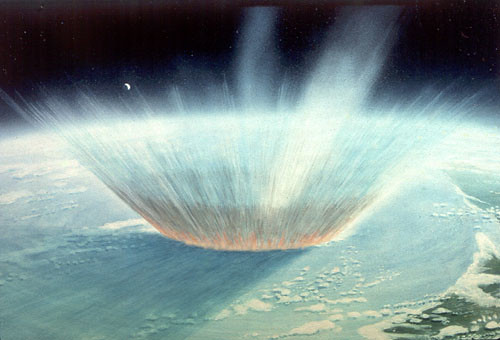
The Chicxulub asteroid impact created a substantial detrimental effect on dinosaur habitats through an impact winter scenario, generating a prolonged cold winter that suppressed potential global dinosaur habitats. You might be surprised to learn that this cosmic projectile measured approximately six miles in diameter when it crashed into what is now Mexico.
Induced warming from volcanism actually mitigated the most extreme effects of the asteroid impact, potentially reducing extinction severity. This suggests that without the asteroid, dinosaurs might have weathered other environmental challenges more successfully. Within just 300,000 years after the impact, productive ecosystems had recovered across Earth, though it took another 10 million years for life’s diversity to equal pre-impact levels.
Dinosaur Intelligence and Cognitive Capabilities
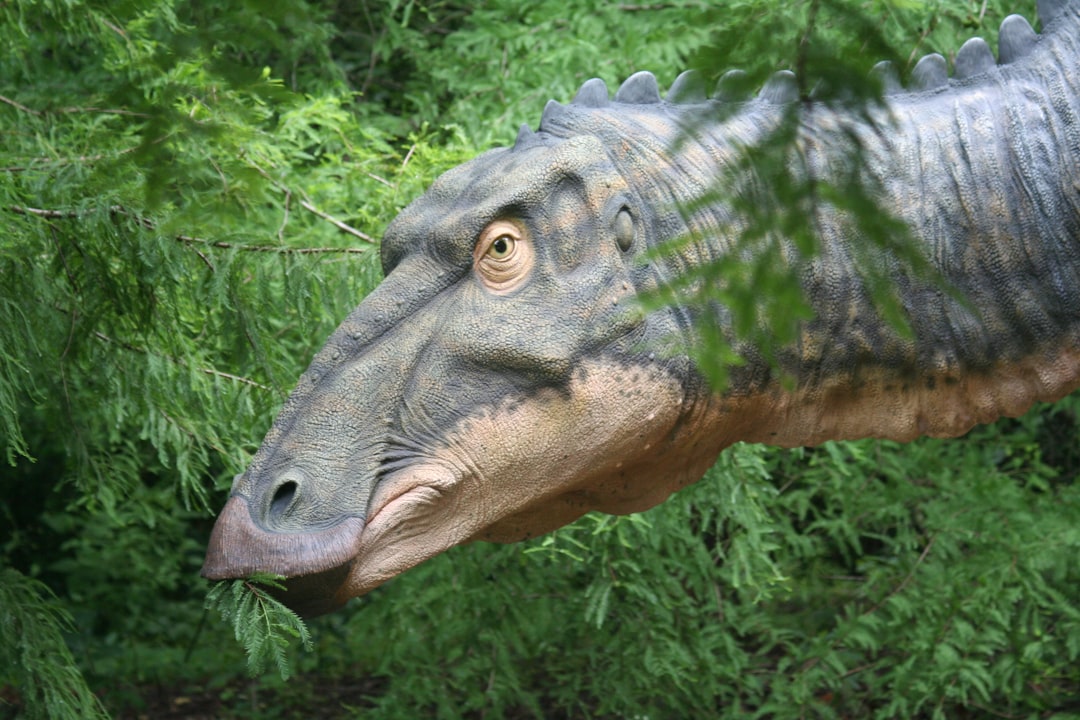
Recent research reveals that some dinosaurs possessed remarkable intelligence. Recent controversial research suggests a large dinosaur such as Tyrannosaurus rex could have housed around three billion neurons in its telencephalon, though this remains debated among scientists, suggesting large dinosaurs were highly intelligent animals. Troodon formosus showed a brain-body size ratio within the lower edge of avian and mammalian ranges, with larger theropods potentially rivaling baboons and capuchin monkeys in neuron abundance.
At the time Troodon lived, its brain was more advanced than birds and mammals from the same period, making it among the most intelligent animals on Earth during the Cretaceous. This cognitive sophistication suggests dinosaurs had the mental flexibility to adapt to changing environments.
Late Cretaceous Environmental Pressures
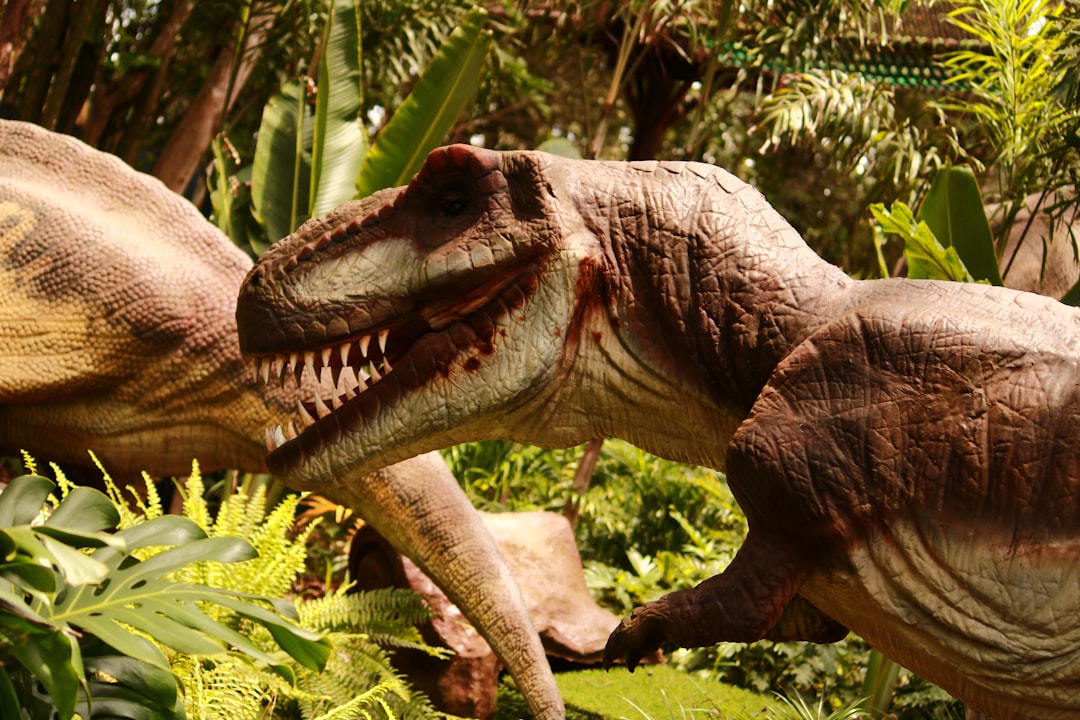
The decline of dinosaurs was likely driven by global climate cooling and herbivorous diversity drop, with hadrosaurs outcompeting other herbivores. However, this decline wasn’t necessarily terminal. Analysis indicates a correlation between dinosaur fossil abundance and climatic changes, with their presence gradually declining as precipitation and temperature increased.
Late Maastrichtian rocks contain the largest members of several major clades including Tyrannosaurus, Ankylosaurus, and Triceratops, suggesting food was plentiful immediately prior to extinction, with more than 100 living species maintaining great diversity until the asteroid impact. This contradicts the idea that dinosaurs were already doomed.
Evolutionary Adaptability and Diversity
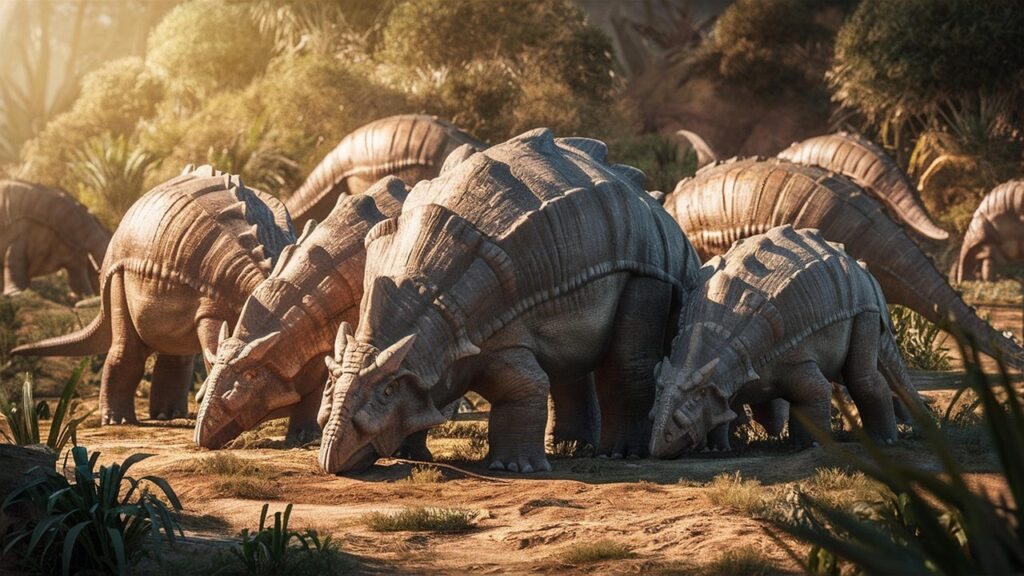
Dinosaurs developed a range of adaptations from specialized teeth to feathers, enhancing their survival and dominance by exploiting various ecological niches from dense forests to open plains. In the Late Cretaceous, herbivore adaptations expanded and diversified, with hadrosaurs, ceratopsians, ankylosaurs, and herbivorous theropods specializing in different plant diets.
Evidence strongly suggests dinosaurs were not in decline and likely would have continued their evolutionary journey, with their remarkable adaptability, diverse forms, and 165-million-year success story indicating biological flexibility to face changing environments. Their track record speaks volumes about their resilience.
Climate Change Responses Throughout History
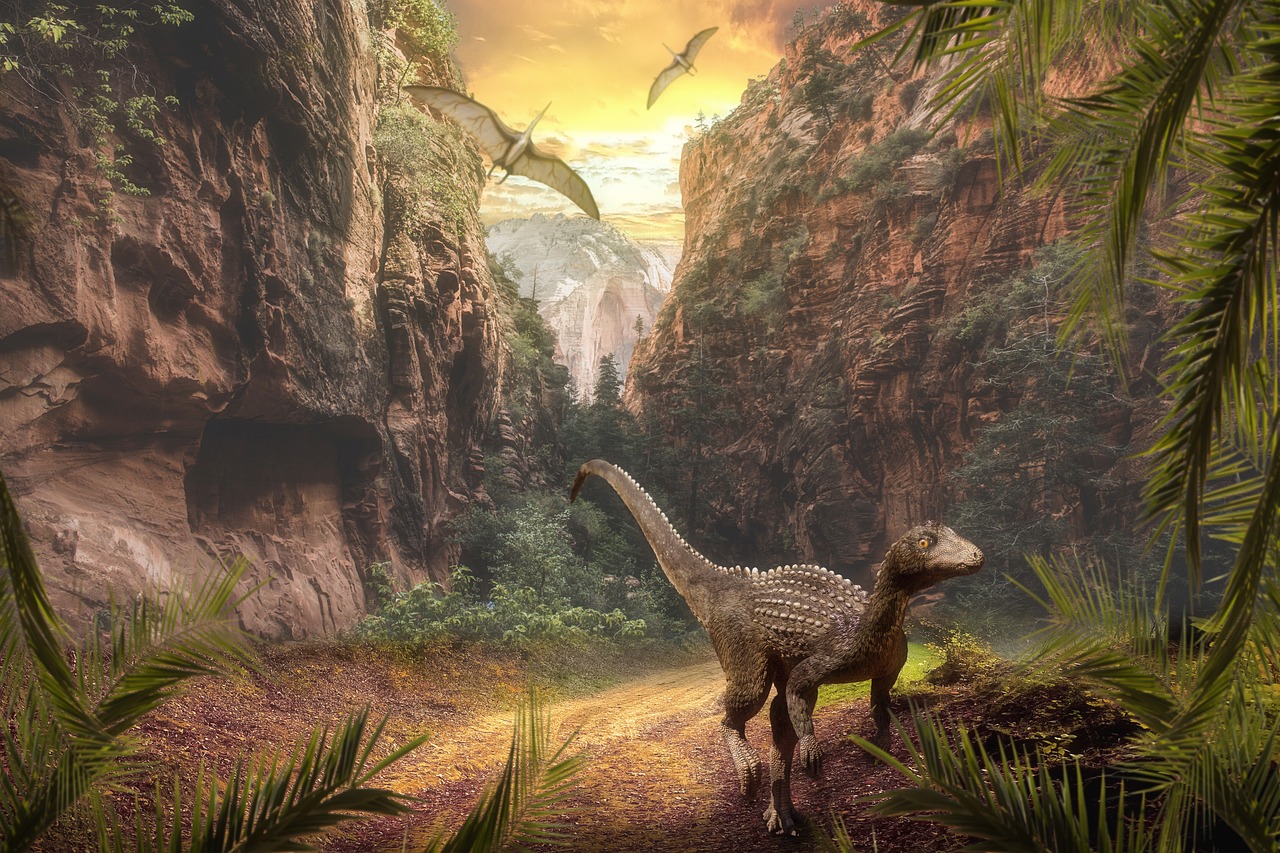
Dinosaurs ruled Earth for over 160 million years, adapting to various environmental changes, with climate playing a significant role in shaping their size, behavior, and habitat distribution. The Cretaceous Period featured much warmer global temperatures than present, among the warmest periods during the Phanerozoic Eon.
Cool Early Cretaceous conditions gave way to substantial warming, then long-term cooling beginning 100 million years ago in the Late Cretaceous, with both cooling climates and increasing continental separations potentially triggering dinosaur evolution. Their ability to navigate these changes suggests they could have handled future climate shifts without the asteroid impact.
Alternative Evolutionary Pathways
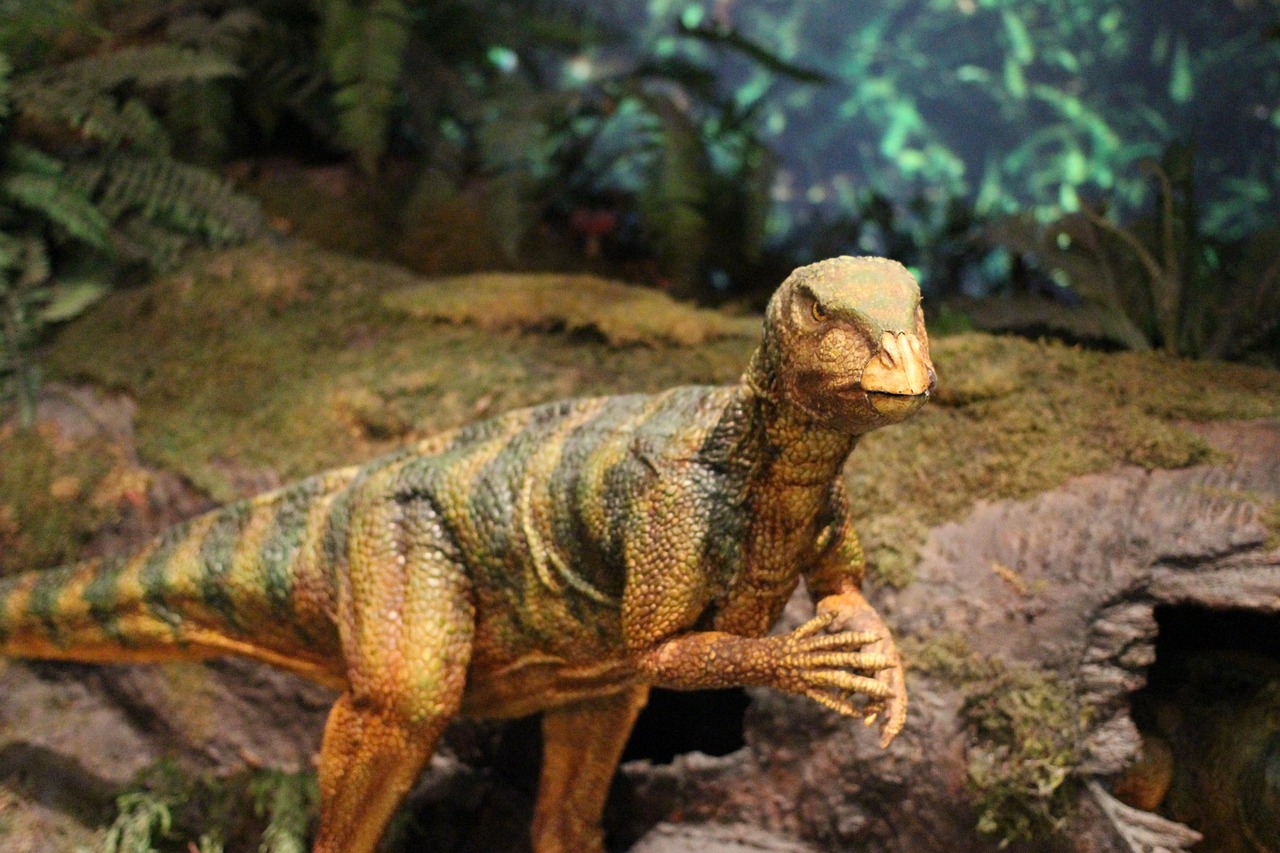
Under the right conditions, nothing would have prevented the evolution of a “dinosaur sapiens.” Theropod dinosaurs like Troodon had large brains, large grasping hands, and likely binocular vision, leading some scientists to suggest they might have evolved to human intelligence levels had dinosaurs not become extinct, though the avian-type brain organization might have created limitations.
Consider the possibilities: with their demonstrated intelligence and diverse forms, dinosaurs might have developed complex societies, tool use, or even primitive technologies. Some ancient birds already showed larger cerebrums than Archaeopteryx, suggesting more advanced cognitive capabilities, though they hadn’t yet evolved complex flight control mechanisms of modern birds.
The Role of Volcanic Activity
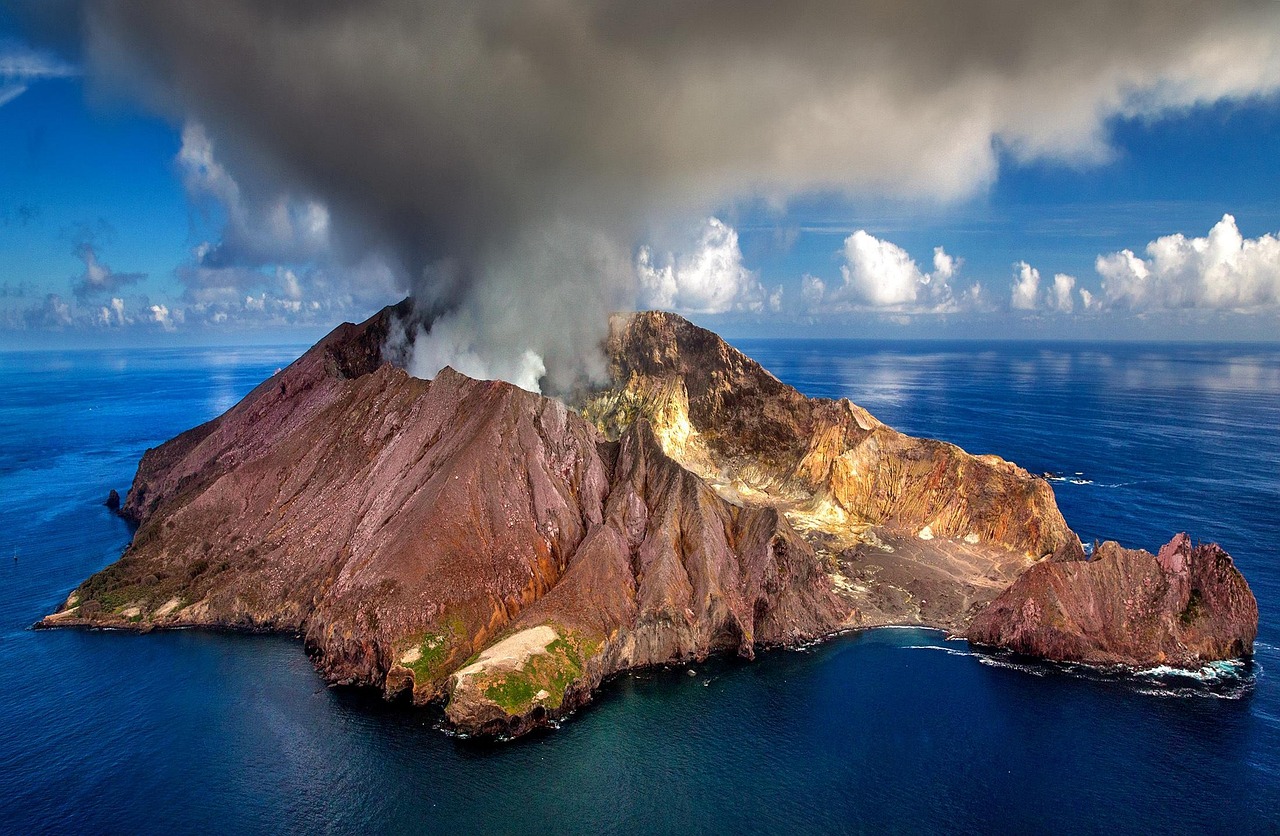
Scientists were unable to obtain extinction states with modeling scenarios of Deccan volcanism, and prolonged eruption of the Deccan traps might have acted as an ameliorating agent, buffering negative climate and ecosystem effects. Long-term forcing from Deccan volcanism led to increased habitat suitability, with short-term volcanism still allowing equatorial habitability.
Animals were able to survive previous high-intensity eruptions even within the Deccan region epicenter, with short-term volcanism not perturbing climate sufficiently to create a globally inhospitable biosphere for dinosaurs. This resilience suggests they could have weathered many environmental challenges.
Mammalian Competition and Coexistence
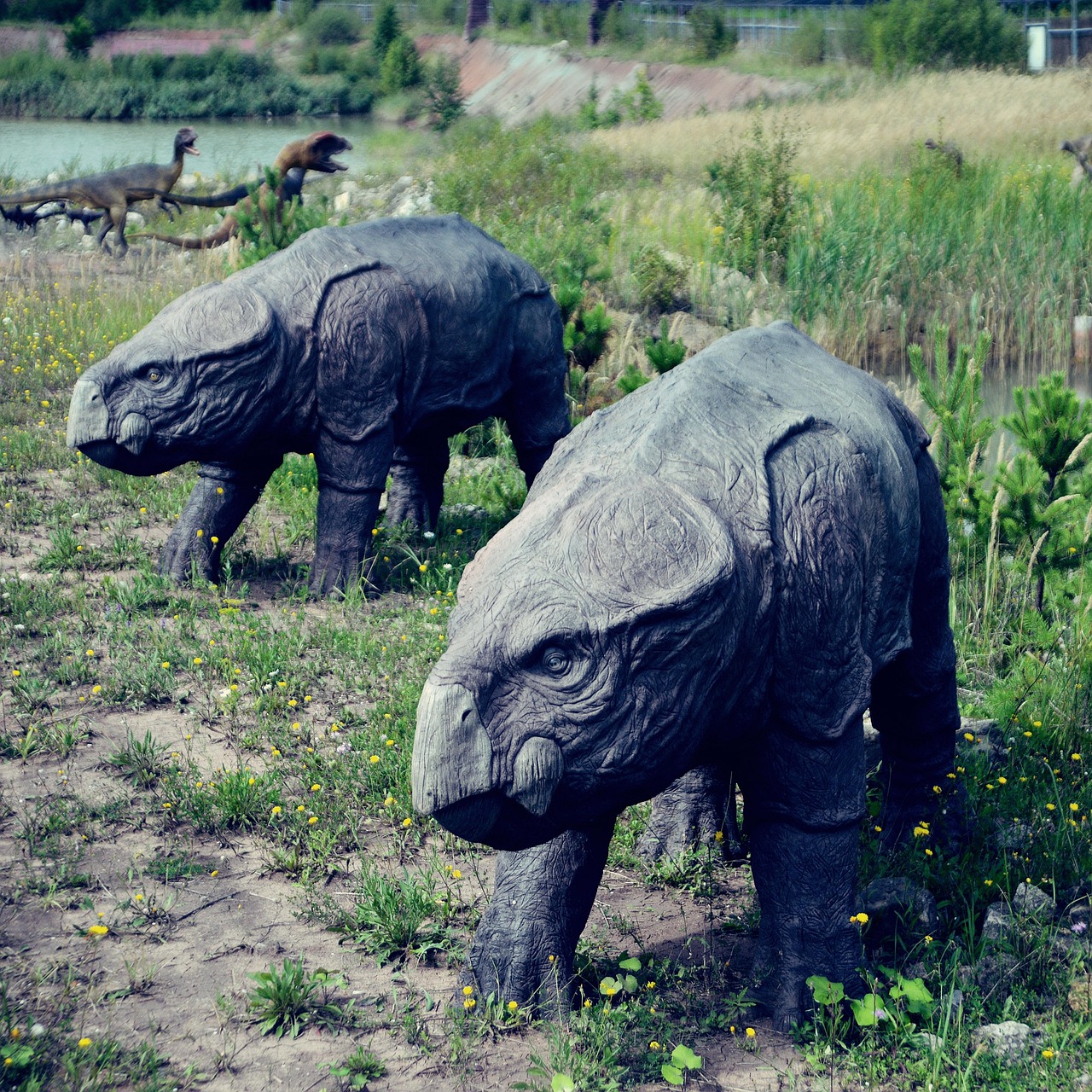
Mammalian species began diversifying approximately 30 million years prior to the extinction boundary, with all major Late Cretaceous mammalian lineages surviving the event although suffering losses. Without the asteroid clearing ecological niches, dinosaurs and mammals might have continued evolving alongside each other.
Early mammals and birds quickly filled environmental niches left empty by extinct larger species, with the resulting mix looking very different and allowing the rise of mammals, birds, and eventually humans. In an asteroid-free world, this evolutionary opportunity might never have materialized for mammals in the same way.
Modern Bird Success as Evidence
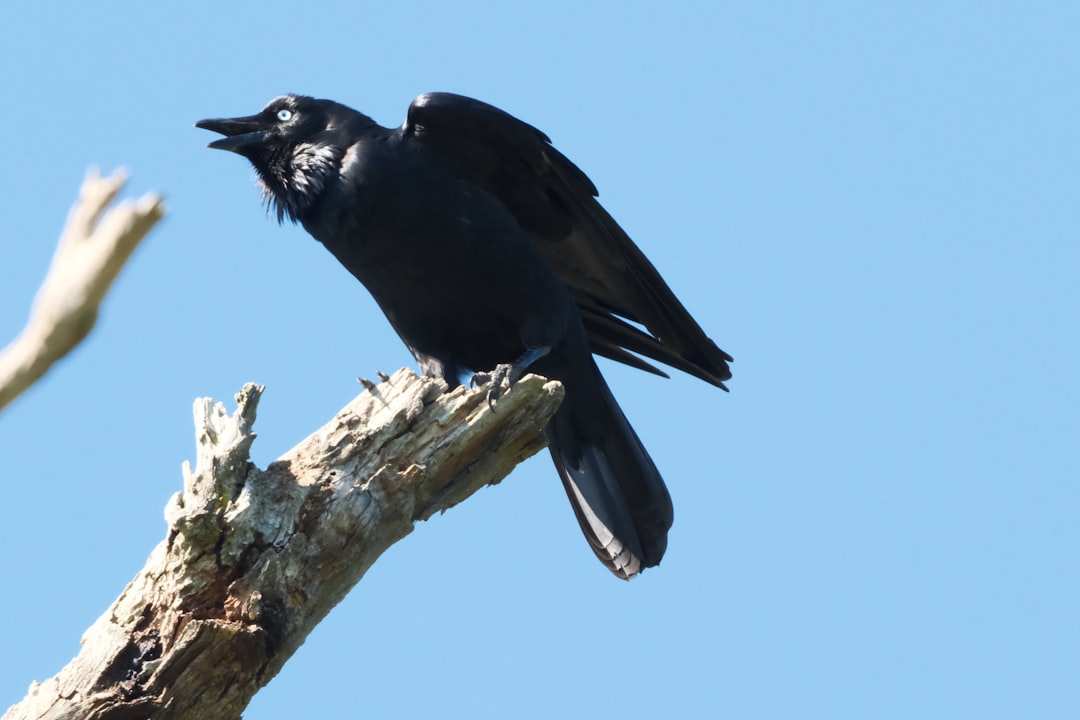
Birds represent one of the most intelligent groups of living vertebrates, rivaling mammals in relative brain size and behavioral complexity including social interactions and breeding displays. Corvids and parrots exhibit high neuron densities in the cerebrum, with some species approaching raw numbers observed in primates.
Dinosaurs did survive through their avian descendants, but our world would be dramatically different if their non-avian relatives had continued alongside them, potentially altering or preventing the rise of mammals and humans. The success of modern birds demonstrates the evolutionary potential that non-avian dinosaurs possessed.
Conclusion
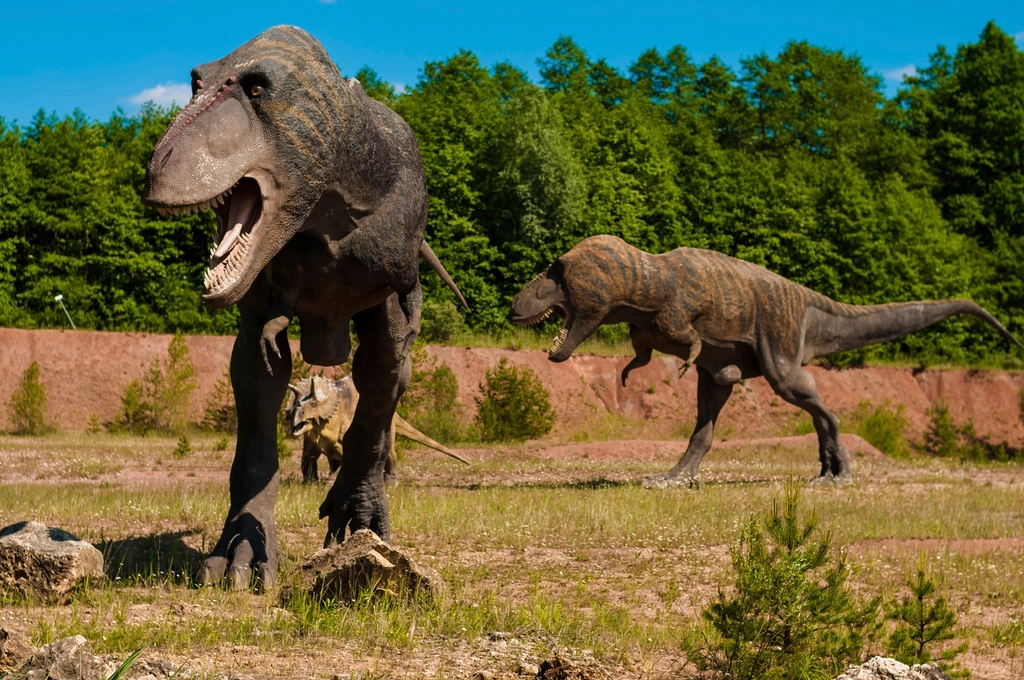
The question of dinosaur survival without the asteroid impact opens a fascinating window into alternative evolutionary histories. The question offers a fascinating window into evolutionary possibilities, with evidence strongly suggesting dinosaurs would have continued their evolutionary journey, reminding us of life’s resilience and the profound impact of chance events on Earth’s history.
This thought experiment highlights the role of contingency in evolutionary history, showing how random events like asteroid impacts can dramatically alter life’s trajectory, reminding us that evolution doesn’t follow a predetermined path toward “higher” forms but responds to specific environmental pressures. Without that cosmic catastrophe, we might be sharing our world with highly intelligent dinosaur descendants today. What do you think about that possibility? Tell us in the comments.

